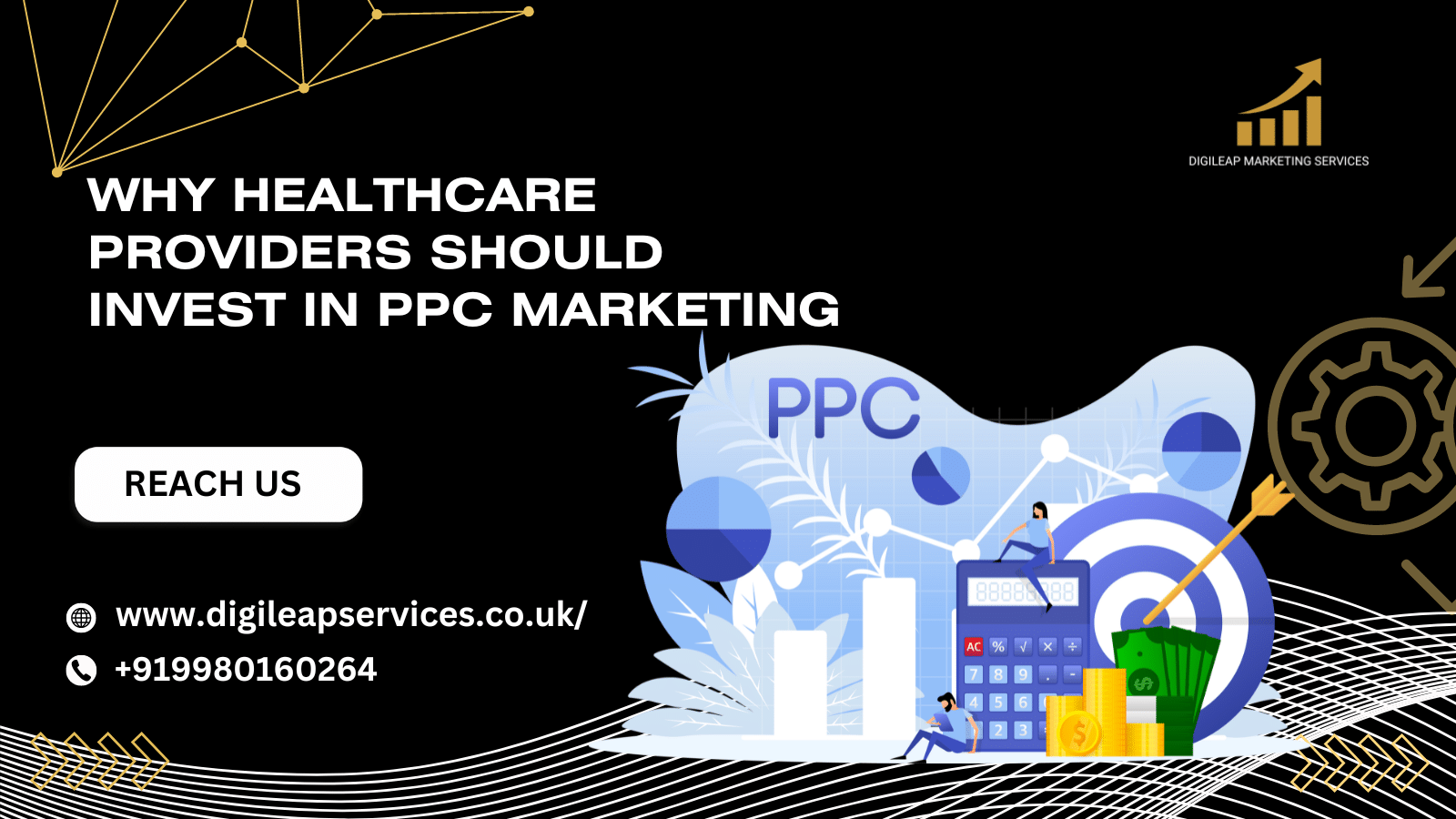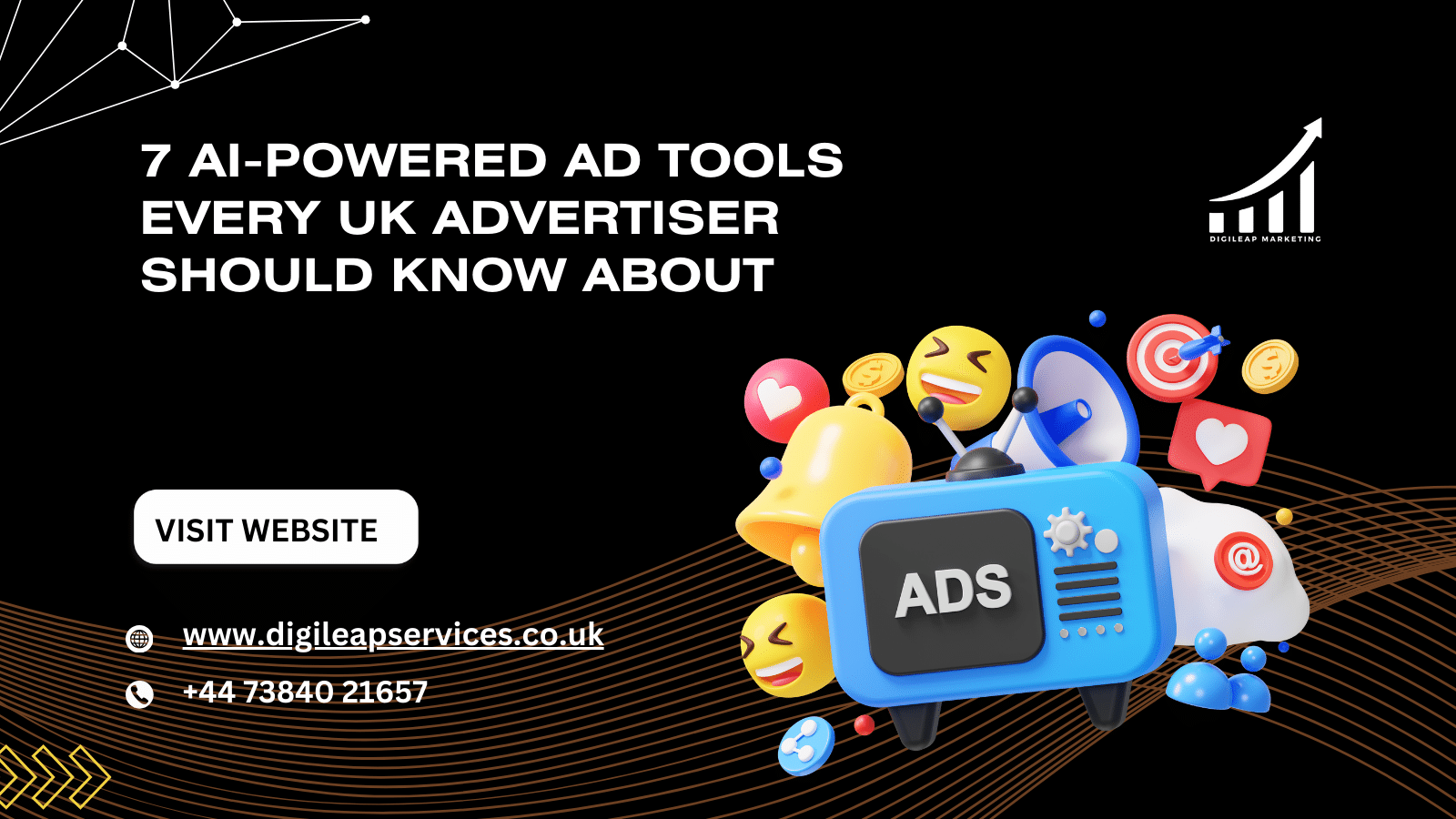How Apparel Brands Can Thrive with Digital Marketing in 2025
Fortunately, in 2025, apparel brands have adapted to rapidly changing customer dynamics through digital channels, making customers more accessible through emails and SMS. In 2025, the digital landscape continues to transform the way brands connect with customers by transforming the apparel industry. Such rapid technological evolution and consumer aspirations will require innovative strategies within the realm of digital marketing. By innovative action approach, the author is focusing on ideas and moves different from conventional ones. Innovation is paramount for the growth of any brand in the world today.
The Power of Personalization in Apparel Marketing
While brands were not personalizing their web offerings, it still was considered unnecessary, as consumers expected much more, while brands could respond in no good way. Fortnite knows that it doesn’t have to worry, for example. They’re keeping their top spine narrow and leaning on the one product—which kids love—simply including range customization. With it, Fortnite can offer a playable add-on with charges or tools. The only reason anyone is interested in the code is because Fortnite doesn’t give away chargers or tools for their videos.
Leveraging Social Media for Maximum Reach
Social media is still among the strongest influences anticipated to happen in 2025, including platforms like Instagram, TikTok, and Pinterest giving more visibility to brands. For apparel brands, there are a few ways to leverage this medium; creating good-looking content and influencer collaborations are among the leading ways. The path to maximizing visibility can be facilitated by viral challenges, engaging reels, as well as involving user-generated content (UGC). Through the professional execution of a social media strategy, a brand can truly increase awareness but also develop a sense of community among followers, thereby making it one of the central cores of digital marketing.
Integrating AI for Predictive Trends and Inventory Management
The fashion industry has seen phenomenal growth tied to embracing the use of AI technology, mainly in the realm of trend prediction and inventory management, to minimize waste and prevent overproduction, allowing brands to ensure that they store the ideal products whenever needed. These help tap into consumer behavior, inculcate market trends accompanied by historical data, and give the brands the exact knowledge about the right time to spend on advertisements. The economy can make good use of the contemporary AI solution proficiency of Digileap Services—by acting as a point to provide retailers with consumers.
Shoppable Content and Seamless E-commerce Integration
The landscape of e-commerce is one of the most competitive it has been, and what is mostly changing the game is the development of shoppable content. For example, Instagram posts with shopping links or live-streamed fashion shows during which viewers can buy what they see—e-commerce integration must be seamless. Consequently, every clothing brand that adopts these carries another easy shopping experience, boosting impulsive buying and revenues. Relevance, in such a climate, seems to be sustainable by being moldable to the newest trends.
Sustainability as a Marketing Pillar
Sustainability is the main area of priority for 2025 consumers. Moreover, apparel companies should be geared toward aligning with the changing needs. Digital marketing has indeed faced the very fact that each campaign could also be harnessed in support of eco-friendly projects, including the illumination of sustained inputs or recyclable labels through recycling programs. From storytelling that is as true as the source, the interest of the latter can be seen in every word. From the standpoint of ethics, sustainability marketing is undisputed and, in a sense, the ultimate differentiation among other product framers.
The Role of Data in Understanding Consumer Behavior
The data is key in determining the success of digital marketing strategy. For the best outcomes, apparel manufacturers have been using this data to understand the behavior of their customers and bring about targeted, tailor-made campaigns. Understanding and measurement of online behavior allowed them to develop much more targeted and focused campaign messages. It refers not only to a personalization tool that can be used to add a name to a bulk email but also to optimize the messaging in line with what the users prefer/enjoy. What should people expect from the data collection organization? The fact is, without data, it is hard to know all these points definitively.
Conclusion
The Designer Houses is set to thrive in 2025, provided that brands adopt the latest innovative digital marketing strategies. Options range from personalization to artificial intelligence (AI) as well as shoppable content and sustainability. Organizations that establish insightful connectivity with their customers and make apt use of data for analytical purposes will not only secure a competitive advantage but also gain consumer trust. This technology firm, which rates as one of the best places to work in this fast-paced sector, offers businesses the best means for long-term growth and success.







